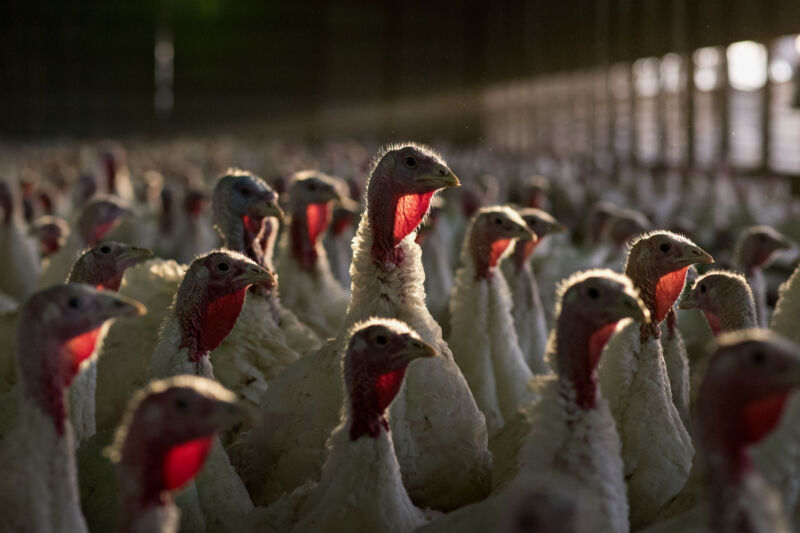
This week, Argentina and Uruguay declared national health emergencies following outbreaks of highly pathogenic avian influenza H5N1, the fast-moving virus that destroys poultry flocks and wild birds and for decades has been feared as a possible spark for a pandemic among people. That makes 10 South American countries that have recently marked their first-ever encounter with the virus, including Peru—where more than 50,000 wild birds died last fall, and more than 600 sea lions in January. Combine the sea-lion infections with the revelation that H5N1 flu invaded a mink farm in Spain in October, and health authorities must now confront the possibility that the unpredictable virus may have adapted to threaten other species.
To be clear, this does not yet include people. Although past decades have witnessed bird flu outbreaks that spread to humans, only two cases have been identified in the past 12 months: a Colorado adult last May, and a 9-year-old girl in Ecuador in January. (Neither died.) And there’s no evidence yet that the virus has been able to jump from newly infected mammals to people. But the fact that it was transmitted from birds to mammals, and then spread among them, indicates a disquieting trend.
Read 15 remaining paragraphs | Comments
